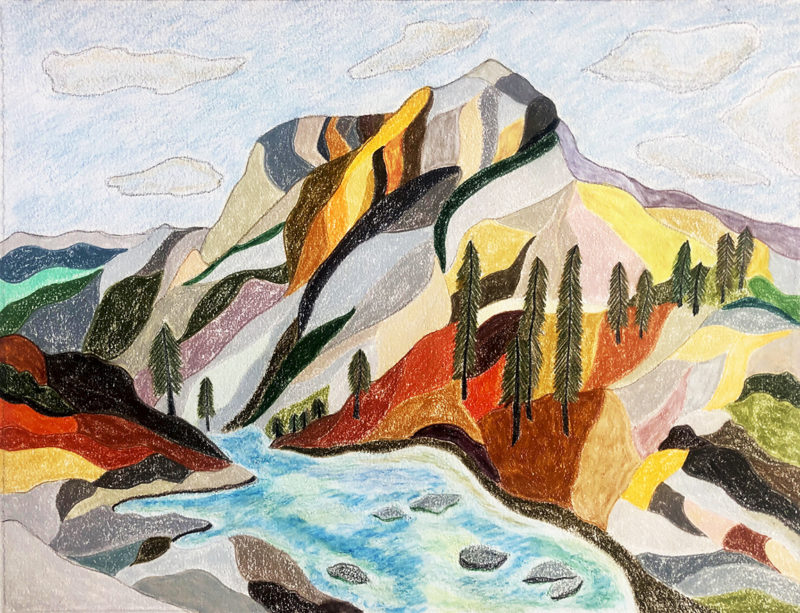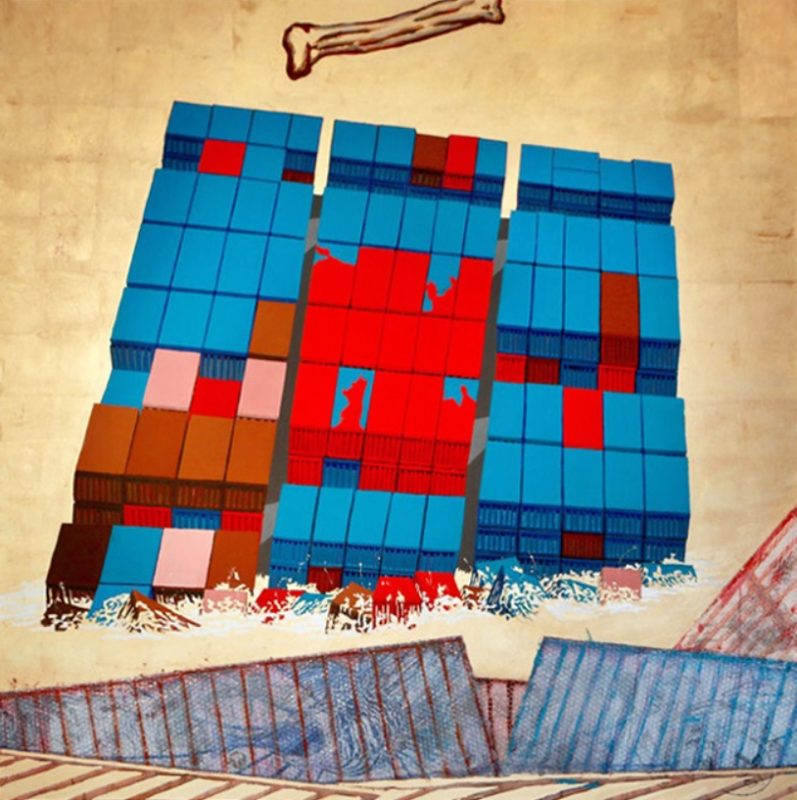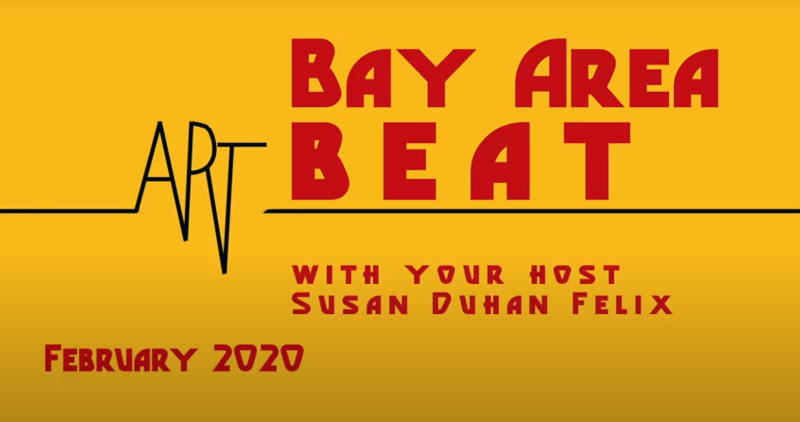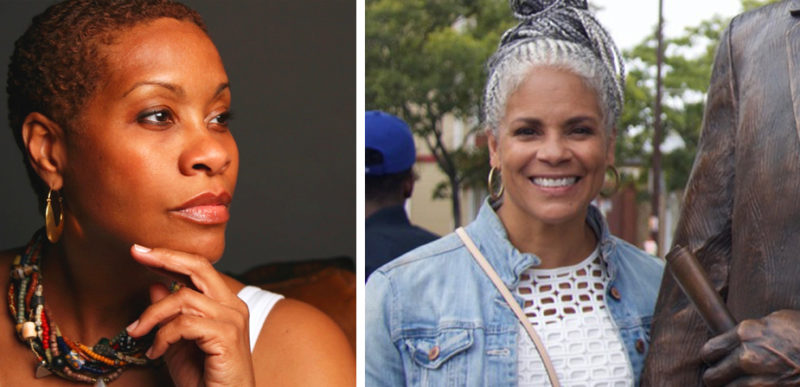Issue 1: With Love…
Welcome to Richmond Art Center’s new e-newsletter, With Love… . Through this publication we’ll share art and ideas for creating together to help folks adapt, innovate and make meaning during shelter-in-place.
A message from RAC’s Interim Executive Director

Dear Richmond Art Center Community, We are living through unprecedented and uncertain times. As the Interim Executive Director of the Richmond Art Center, I understand the important role it plays in the lives of our community. Our commitment to health and safety remains the top priority. To reduce the spread of COVID-19, our Board of […]
Contra Costa County Extends Stay-at-Home Order Through May 3

Contra Costa County Health officers today issued an extension of a previous stay-at-home order through Sunday, May 3. Read the press release HERE. In alignment with the recommendations of Contra Costa County Health Services (CCHS) and the new stay at-home orders for six Bay Area counties, including Contra Costa County, the Richmond Art Center will be closed […]
Richmond Art Center Closed Through Tuesday, April 7
In alignment with the recommendations of Contra Costa County Health Services (CCHS) and the new shelter-in-place orders for six Bay Area counties, including Contra Costa County, the Richmond Art Center will be closed to the public through Tuesday, April 7. More information at richmondartcenter.org/rac-updates/ For up-to-date public health information and how to prevent the spread of coronavirus […]
Coronavirus: Precautions at the Richmond Art Center
As you may have heard, public safety warnings have been issued for Bay Area counties to help limit the spread of the coronavirus. Please be assured that we here at the Richmond Art Center are monitoring the situation carefully and are preparing for any potential impact. Should we need to temporarily close, any class scheduled […]
Press Release: Dewey Crumpler: Crossings

The inventive power of Dewey Crumpler’s shipping containers Richmond Art Center 2540 Barrett Avenue, Richmond, CA 94804 Gallery Hours: Tues-Sat, 10am – 5pm Exhibition: March 31 – May 30, 2020 Reception: Saturday, March 28, 5-7pm Artist Talk: Saturday, May 2, 11am Location: Main Gallery RICHMOND, CA: The Richmond Art Center announces Dewey Crumpler: Crossings, the […]
Bay Area Art Beat: Art of the African Diaspora

Host Susan Duham Felix interviews Stephen Bruce, Steering Committee Chair for the Art of the African Diaspora and the 2020 artistic achievement awardee artists, KaliMa Amilak, Zoë Boston and Abi Mustapha for Bay Area Art Beat, February 2020.
Richmond Art Center Begins Executive Director Search

For Immediate Release Richmond, CA, February 6, 2020 – The renowned Richmond Art Center announced today it has opened its search for a new Executive Director. The search will be led by an Executive Director Search Committee comprised of members of the Board of Directors and Richmond Art Center staff. The job description and contact […]
Press Release: Richmond Art Center Receives Grant from California Humanities

RICHMOND, CA: California Humanities has announced the recent round of Humanities For All Quick Grant awards. The Richmond Art Center is one of thirty-seven awardees for its event Revelation & Rebirth – The History & Practice of Collecting African-American Art.
KCRT Richmond: Art of the African Diaspora

Art of the African Diaspora, Artistic Achievement Awardees for 2020, KaliMa Amilak, Abi Mustapha, Zoë Boston and Steering Committee Chair, Stephen Bruce were interviewed by KCRT of Richmond. The Art of the African Diaspora exhibition is now on view at the Richmond Art Center until March 13, 2020. Join us for the Artistic Achievement Awardees’ […]
